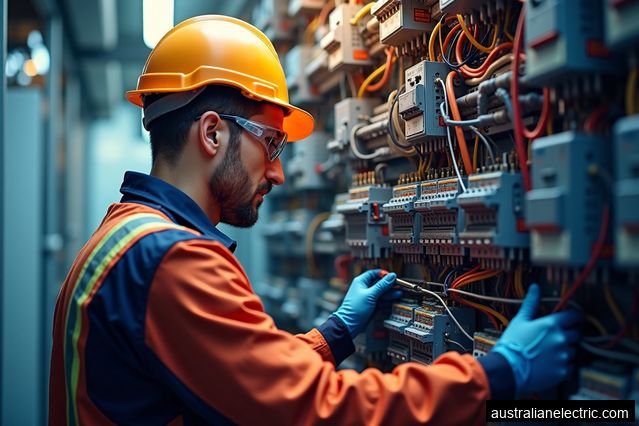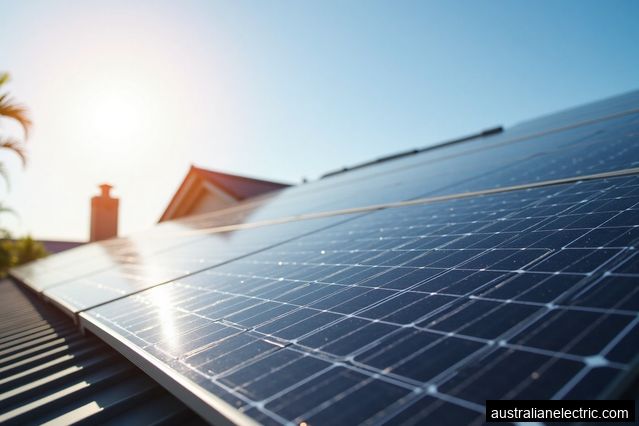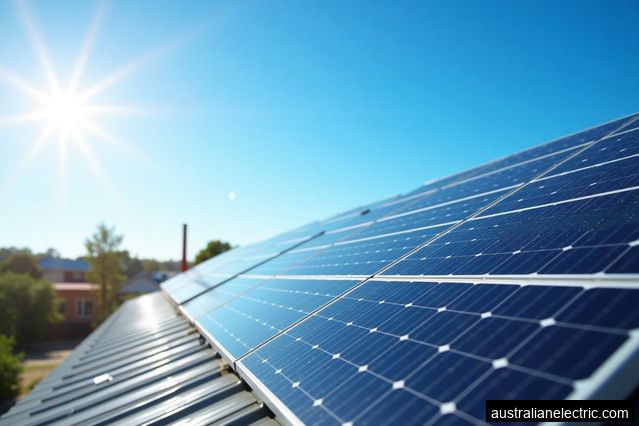Reducing Energy Consumption
In Australia, the embrace of sustainable practices in electrical installations has become crucial due to the need to reduce energy consumption and minimize the impact on the environment. One of the primary focuses of sustainable electrical installations is the use of energy-efficient lighting solutions. LED lighting has gained significant popularity in recent years due to its high energy efficiency and long lifespan. By replacing traditional incandescent or fluorescent lighting with LED alternatives, significant energy savings can be achieved.
Implementing Solar Power
Another sustainable practice in Australian electrical installations is the use of solar power. With its abundant sunlight, Australia has immense potential for harnessing solar energy. Solar panels are installed on rooftops or open spaces to capture sunlight and convert it into electricity. This renewable source of energy not only reduces reliance on fossil fuels but also lowers electricity bills for homeowners and businesses. The installation of solar panels has become more affordable and accessible, enabling more people to embrace sustainable energy solutions.
Efficient Energy Management Systems
Efficient energy management systems play a crucial role in sustainable electrical installations. These systems help monitor and control energy usage, allowing for optimization and efficient distribution. Smart meters are one example of such systems, providing real-time information on energy consumption and enabling users to adjust their usage accordingly. Additionally, advanced building automation systems are used to regulate lighting, heating, and cooling based on occupancy and natural light availability, further reducing energy waste.
Integrating Energy Storage Solutions
Energy storage solutions, such as batteries, are becoming increasingly important in sustainable electrical installations. These systems store excess energy generated from renewable sources, such as solar power, and release it during times of high demand or when renewable energy sources are not available. This integration helps stabilize the electrical grid and reduces reliance on traditional energy sources. As technology advances and costs decrease, energy storage solutions are expected to become more prevalent in Australian electrical installations.
Minimizing Environmental Impact
Sustainable electrical installations in Australia also focus on minimizing the environmental impact of electrical infrastructure. This includes the responsible disposal of electronic waste (e-waste). E-waste contains hazardous materials that can harm the environment if not handled properly. To address this issue, recycling programs and regulations have been implemented to ensure the proper disposal and recycling of electronic equipment.
Promoting Energy Efficiency Standards
To further promote sustainable practices, Australian electrical installations adhere to stringent energy efficiency standards. These standards prescribe the maximum allowable energy consumption for various electrical appliances and equipment. By ensuring compliance with these standards, the electrical industry contributes to reducing overall energy consumption and greenhouse gas emissions.








